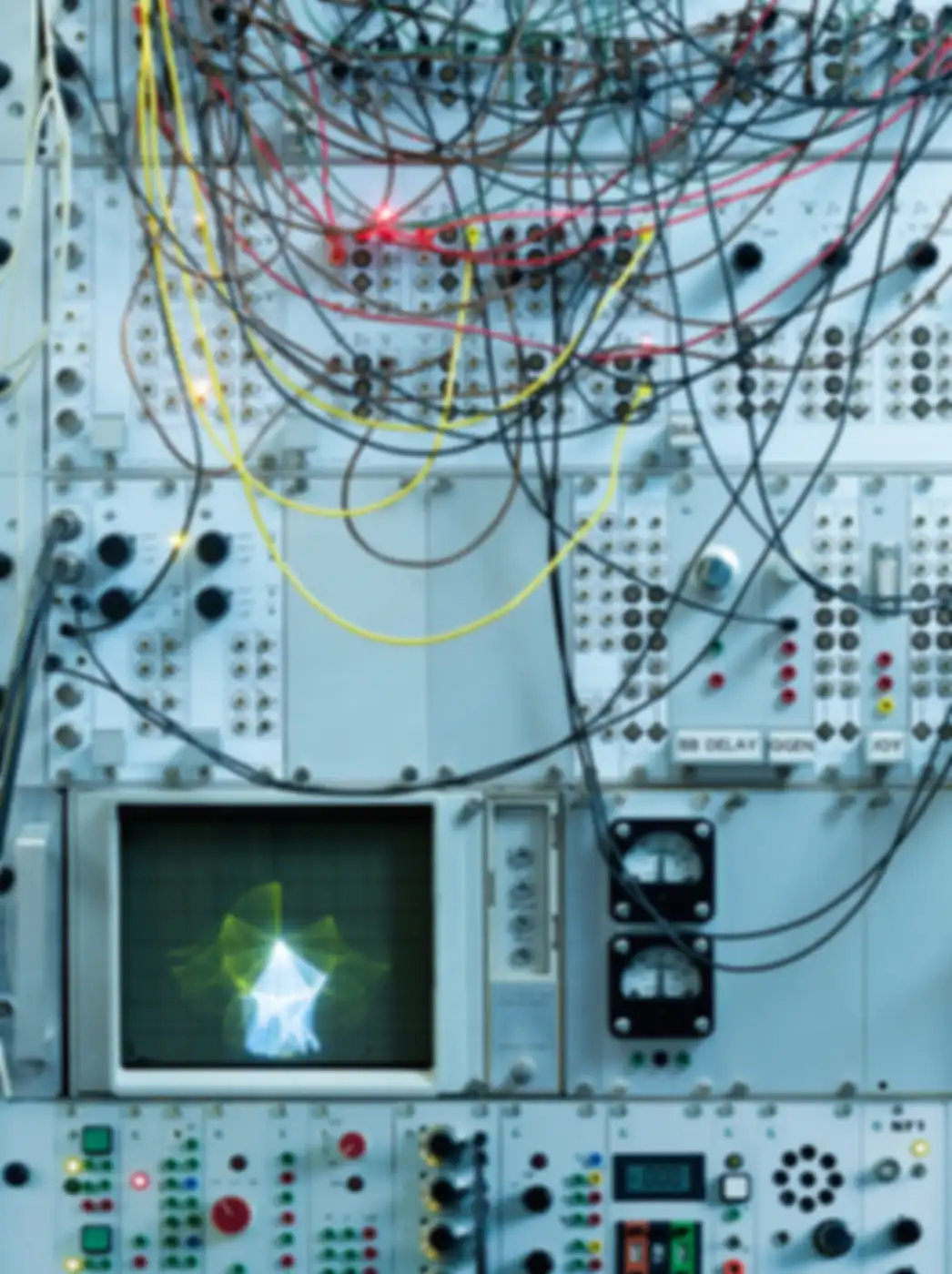HARVESTING THE WIND
The inland wind turbines of the future
The Initiator:
Horst Bendix, the man for tough tasks
The enablers:
GICON® und beventum
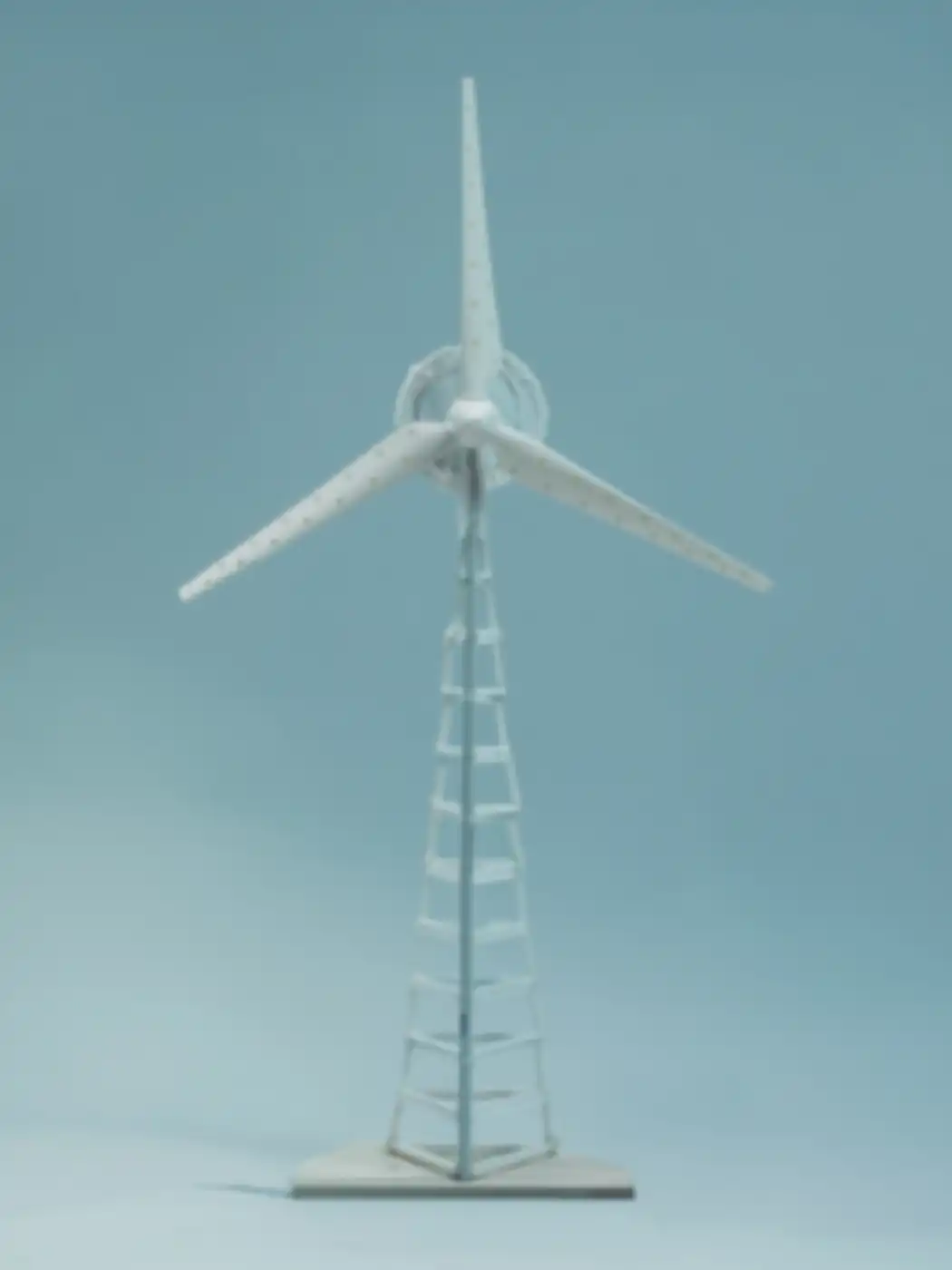
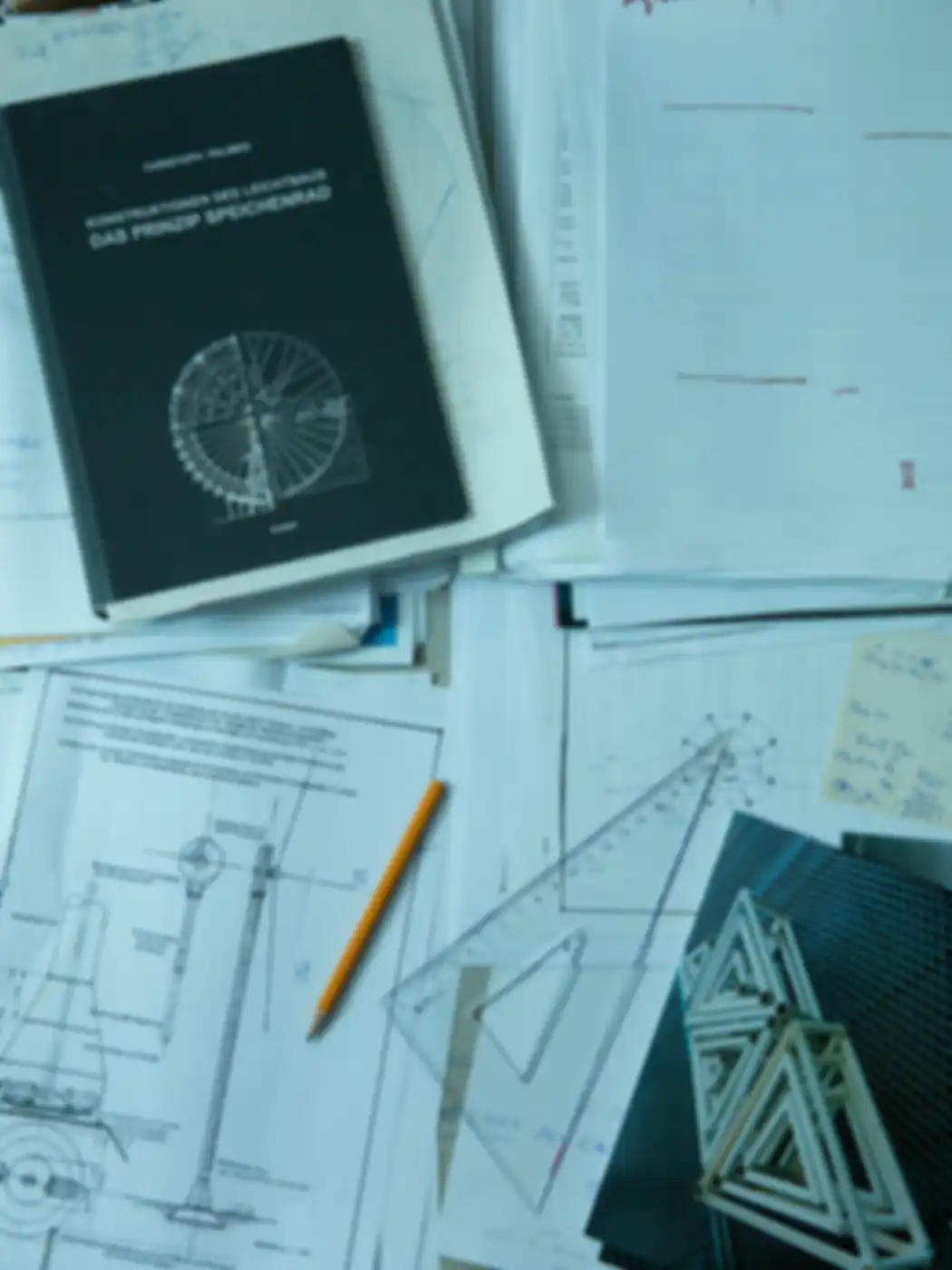

The higher a wind turbine is installed, the more efficiently it will work, because the wind is much steadier and blows with greater force at altitude. So why not simply build it taller?
The idea for the high-altitude wind turbine came to SPRIND thanks to Professor Horst Bendix. The Leipzig resident was not only head of technology and research at the Leipzig-based heavy machinery manufacturer Kirow for many years, but also a university professor and engineering consultant. In his retirement, the enthusiastic inventor spent decades developing his idea for a high-altitude wind turbine. He submitted his idea to SPRIND in 2019. SPRIND founded its first subsidiary, beventum, in December 2020 to validate and further develop the then 91-year-old's basic idea of a high-altitude wind turbine.
The higher wind turbines are, the more profitable they become, because the wind blows more constantly and strongly at higher altitudes. So why not simply build wind turbines higher? The beventum team looked into this question. The answer is essentially: No one has dared to do it yet. Until now: beventum has now validated three promising concepts. At the end of 2024, one of these concepts will be built as the world's first high-altitude wind turbine together with the engineering company GICON®. GICON® itself has also been working on solutions for high-altitude wind turbines for more than ten years and has therefore been commissioned as a partner. Under the leadership of Prof. Jochen Großmann, the team can draw on its self-developed technologies and concepts for high-altitude wind towers and contribute to the significant step forward. The research facility, which is over 350 meters high up to the topmost blade tip, will be located in the municipality of Schipkau in Brandenburg.
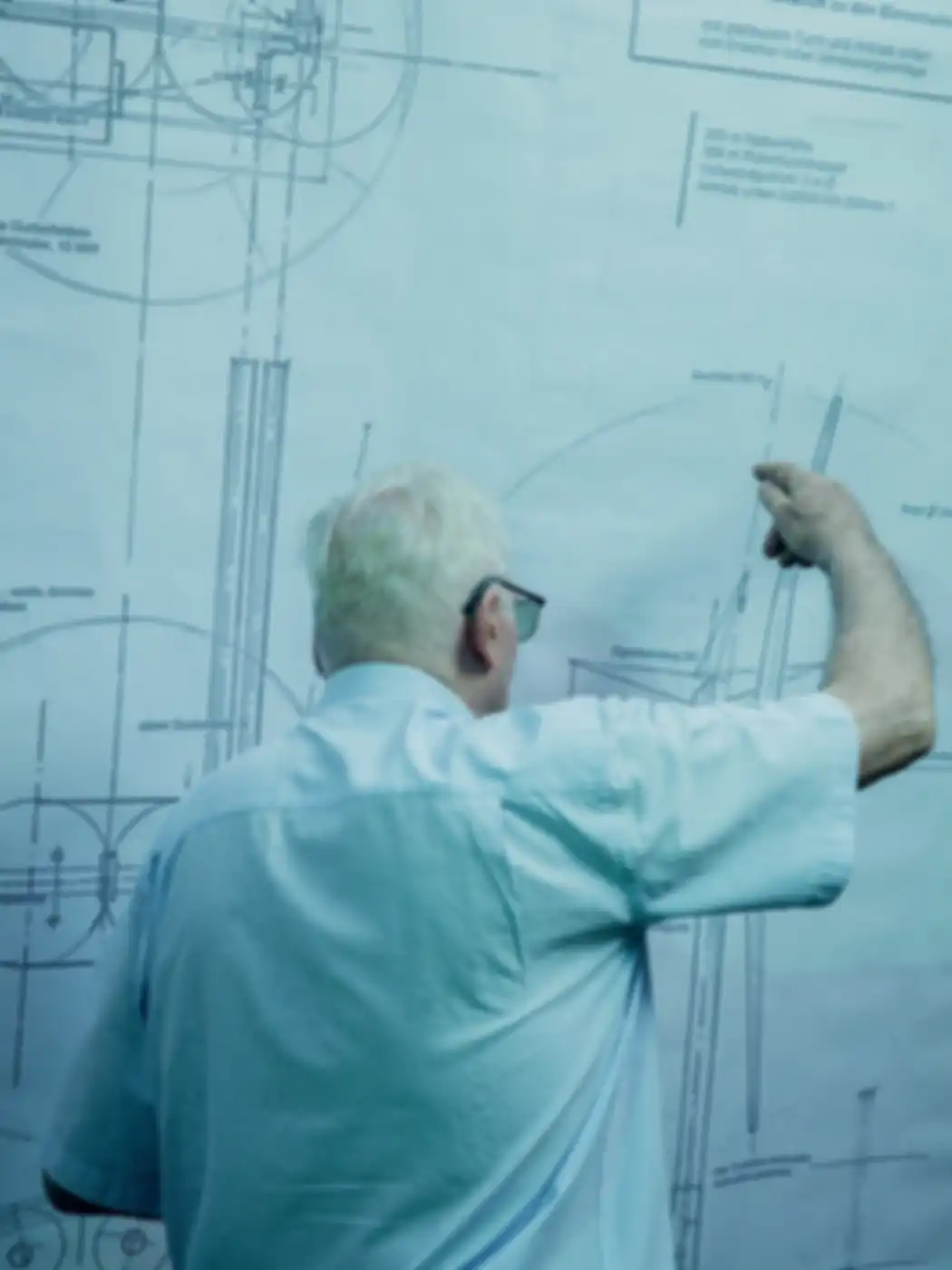
Building a wind turbine over 350 meters high is expensive. But the higher construction costs are worth it, because the extra wind at height significantly reduces the electricity generation costs compared to conventional wind turbines in comparable wind zones. The vision is to integrate the high-altitude wind turbines as a second level in the existing wind farms, because they harvest on a new wind level due to their approximately double height and are not influenced by the turbines on the first level. In addition, high-altitude wind turbines can and should become the most innovative, economical and fastest solution for the realignment of former lignite mining areas. Both the current mining districts in Sachsen and Nordrhein-Westfalen and the former ones in Sachsen-Anhalt and Brandenburg can realistically become innovation and production regions for the wind energy industry. Some of them have already expressed their interest in high-altitude wind turbines to beventum. In addition, the production of green hydrogen, as planned by the German government, will greatly increase the demand for regional sustainable electricity.
As a SPRIND subsidiary, beventum is bravely breaking new ground and risking failure in the process. It is doing everything it can to double the energy that can be harvested from wind. To achieve this, it wants to keep construction as uncomplicated as possible. This will enable significantly more companies, including smaller and more regional ones, to build their high-altitude wind turbines so that the supply of wind energy can reach the necessary expansion rate in Germany, Europe and, ideally, worldwide.
00:00
On December 20, 2022, the official go was given for the world's tallest wind measurement mast on the Klettwitz plateau in southern Brandenburg. Beventum commissioned GICON® with the wind measurement program. This was able to successfully collect data with the mast for one year between May 2023 and May 2024 and, among other things, confirm the assumption of stronger winds at heights of 300 meters. This was described in detail in the first report Analysis of wind conditions at a height of 300 m at the Schipkau site using data from the measuring mast
. For the second part of the measurement campaign, the wind measurement mast in Jüchen in North Rhine-Westphalia was put into operation on October 30, 2024. Here, too, findings on wind conditions up to 300 meters will be collected for over a year.
The important results from the wind measurement program on possible effects on flora and fauna in particular enabled the successful submission of the construction application for the first high-altitude wind turbine together with GICON® at the end of 2023. Due to the structure of the lattice mast and the height of the rotors, the planned GICON® high-altitude wind tower does not represent an increased burden on the environment. The final step was the inspection by the Brandenburg Landesumweltamt before the foundation stone was laid in the third quarter of 2024 and the first high-altitude wind turbine can be built.
Science Youtuber Jacob Beautemps climbs the wind measurement mast and presents the world's tallest wind turbine
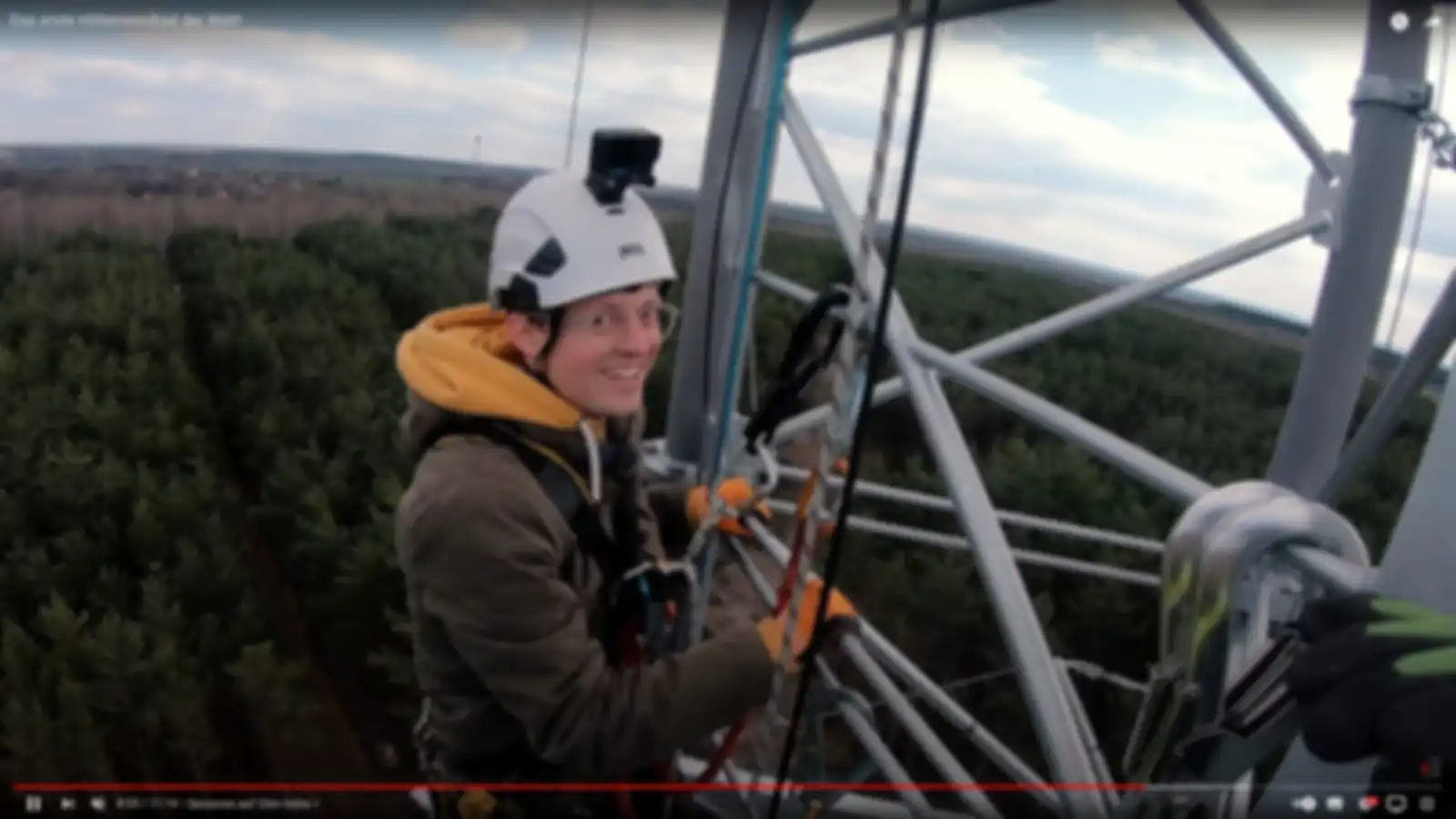
5 June 2023
How do you build the largest wind turbine in the world? How much stronger does the wind blow at a height of 300 meters? And where could high-altitude wind turbines be installed? Our host Thomas Ramge talks to Martin Chaumet, Innovation Manager at SPRIND and Managing Director of beventum GmbH.
Listen to the episode (in German).





